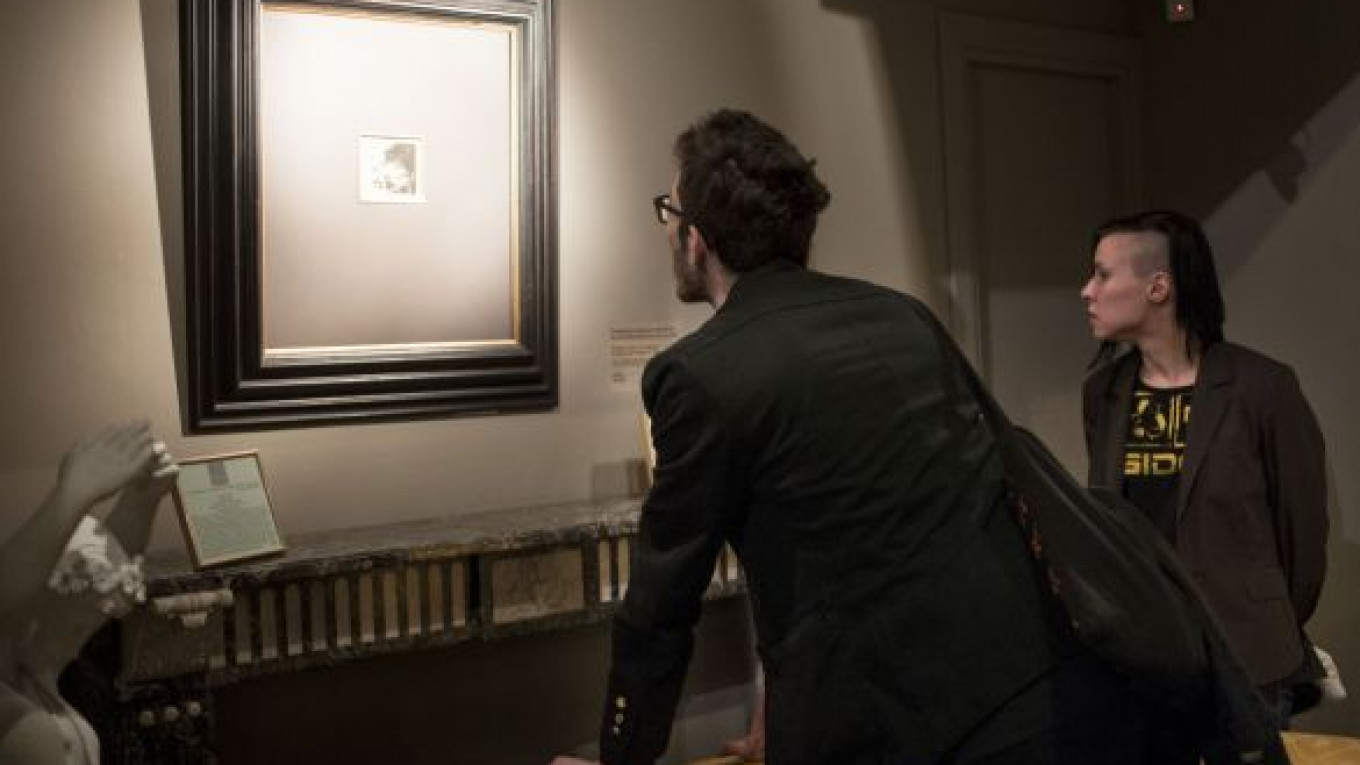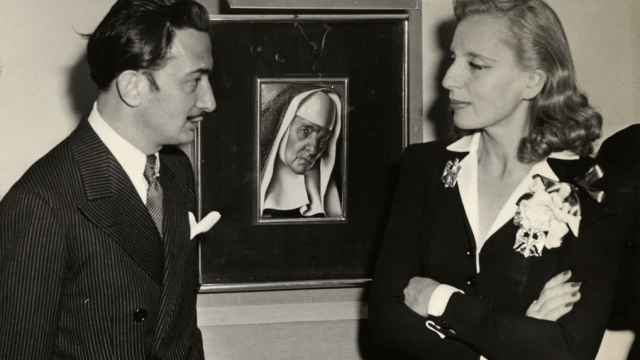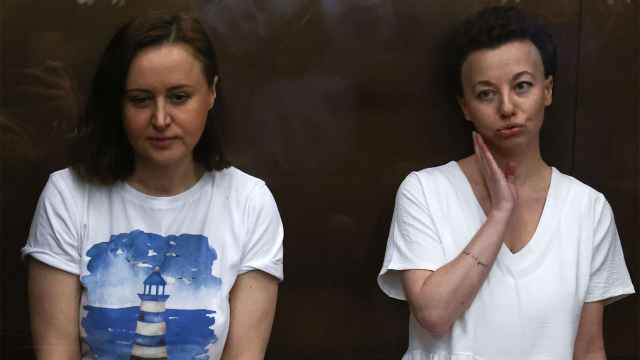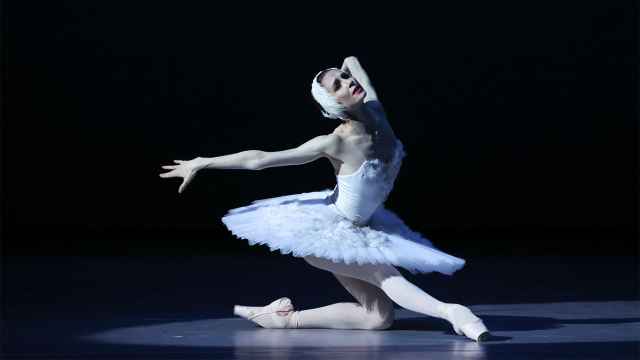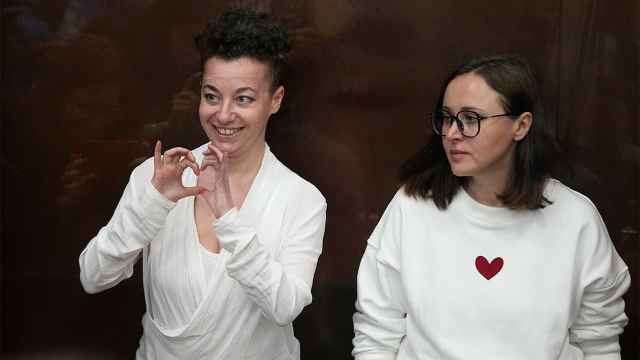Faberge expert Geza Von Habsburg predicted that the Russian antique market had reached its summit in 2009. Yet in 2012, more record-breaking sales took place, and a $20.2 million turnover was made during the Russian Art Week in London that year.
These spring months promise to be another interesting season for the Russian antique market.
April in Moscow kicked off with "The Russian Salon," following the success of The European Art Fair (TEFAF) in March. On April 19, the Russian Fine Arts and Antiques Fair (RAFAF) will begin, followed by Christie's 20th spring exhibition from April 24 to 26. After that, the countdown until Christie's Russian Art Week in London on June 3 begins.
A booming, or even blooming, Russian antique market is relatively a new phenomenon. After the 1917 revolution and subsequent civil war, valuable Russian artifacts could be bought for next to nothing. Diplomats and other foreigners took them out of the country, resulting in a diaspora of Russian antiques.
Because of the low prices, very few people were interested in Russian art for a long time. Curiosity about Russian antiques remained nearly non-existent until the Gorbachev era.
"There were a very small number of collectors. It was not valuable. After perestroika the prices rose suddenly," said Alexis de Tiesenhausen, head of the Russian art department at Christie's. This is when the market rose.
In Russian law, anything more than a hundred years old is considered cultural heritage and is not allowed to leave the country.
Fortunately for the market, a lot of Russian antiques already left the country a long time ago. There is now a vibrant trade in Russian artifacts.
"From the eighties until '94, the center for Russian art was Geneva. Then, New York was extremely strong for Russian art. Since 2005, it is London," Tiesenhausen said.
During an average Christie's Russian Art Week, about 500 items go on sale. Of those 500, only 2 to 3 art pieces are sold from Russian ownership, according to Tiesenhausen.
Regardless of where the art came from, sold items generally pass into Russian ownership because Russians themselves are the main collectors of Russian historical art.
However, where the antiques trade exists, forgery also exists. This counts triple for the Russian market.
"When it comes to the Russian avant-garde, 90 percent of paintings on the market are fake," said Alexei Volobayev, RAFAF's organizer and curator.
This falsification has its consequences. For example, the RAFAF only sells a painting by avant-gardist Kandinsky if it is unanimously declared 100 percent real by a Kandinsky expert committee. For the specialists, this is just part of the job.
"In all fields you have fakes. It has always existed. It is the Damocles sword above your head. But it is your job to move around the market and decide what is right and what is wrong," Tiesenhausen said.
Volobayev believes that forgery mainly affects private collections. "Museums make very thoughtful purchases. But collectors sometimes listen to stupid people, to crooks," Volobayev said. This is how so many fakes found their way to the market.
As the Russian wares are spread around the globe and because the market is so new, it sometimes happens that incredibly valuable pieces appear out of nowhere. A prime example was the recent find of Russian vases in Oklahoma City that were auctioned for $2.7 million.
In Oklahoma, Randy Buttram, 66, and his brother had been figuring out which of their late parents belongings might be worthy of auction, when they stumbled upon the vases. They turned out to date back to 1832, the reign of Nicholas I, and had been produced at the Imperial Porcelain Factory.
"The vases were part of the decor in an entryway so grand, complete with twin staircases, that they didn't particularly stand out," Buttram told The Associated Press. "To me as a child, they were just there and that's all." There, they remained unnoticed for almost a hundred year until the auction earlier this month.
For lovers of Russian historical art, the Russian Antiques and Fine Arts Fair (RAFAF), held this week at Volkhonka, is a real sight. It is the second edition of the fair, with just one other similarly like it.
"RAFAF is a fair of masterpieces. There are only two in the world, RAFAF and Shanghai. It means that we do not invite the galleries, and the galleries don't book stands. We invite only the masterpieces from the gallery and the gallery pays for participation, transport and so on," Volobayev said.
At Volkhonka, visitors are blown away by an astonishing collection of Russian 20th century painters. Godlevsky, Korovin, von Jawlensky and Kandinsky are among the Russian greats adorning the walls.
"Russian Fine Arts and Antiques Fair" runs April 19-28 located at 15 Ulitsa Volkhonka. . "Christie's 20th Exhibition and 20 Years of Presence in Russia" runs April 24-26 at Spiridonov House. . "Flea Market" exhibition and fair runs May 23-26. .
Contact the author at artsreporter@imedia.ru
Related articles:


